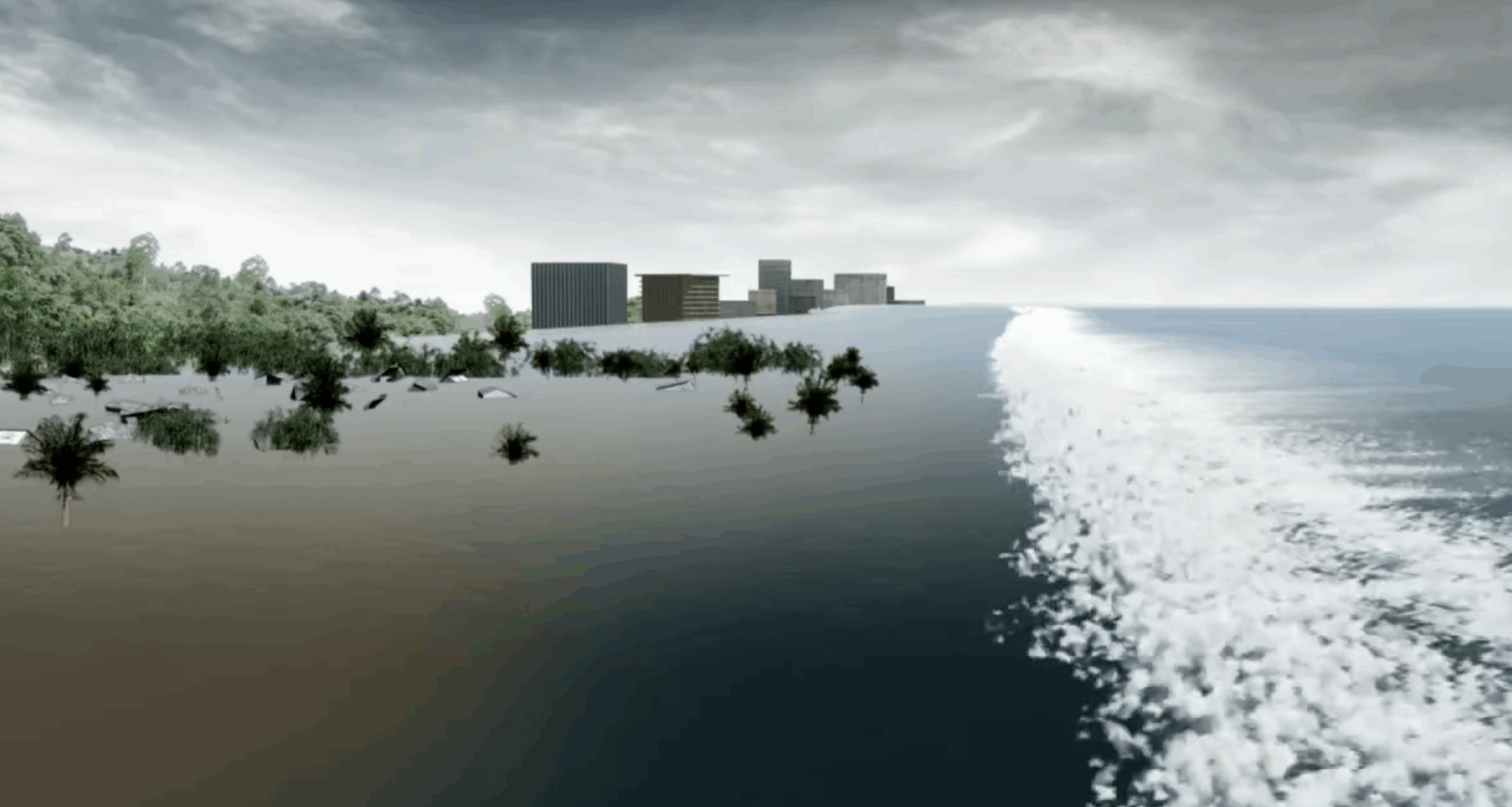
Growing up in Japan shaped my deep respect for tsunami science and safety. In 2015, the UN General Assembly designated November 5th as World Tsunami Awareness Day, based on Japan’s proposal—a country with extensive experience helping nations build disaster resilience. This interactive simulator brings tsunami physics to life, showing how waves that are barely visible in deep ocean can amplify into devastating forces near shore. Explore how earthquake magnitude, ocean depth, and coastal slope work together to determine wave behavior, and discover why understanding this science is crucial for coastal communities worldwide. I hope that by understanding the science, families and even young children can better appreciate the warning signs and systems along coastal areas. – Dr. Katherine M. Schlatter
🌊 Tsunami Wave Simulator
Explore how tsunamis change as they approach shore
⚙️ Adjust Parameters
📋 Try These Scenarios
Why do tsunami waves grow taller near shore?
In deep ocean, tsunami waves travel incredibly fast (400-500 mph) but are barely noticeable—typically just 1-6 feet tall! As the wave enters shallow water, physics requires it to slow down. The wave speed follows: Speed = √(gravity × depth)
But the wave’s energy must be conserved! As speed decreases, energy converts to height. This amplification follows: Height ratio = (depth ratio)^0.25. This is called “shoaling.”
How coastal slope matters:
- Gentle slopes: Energy spreads out over distance (8-15 ft typical)
- Moderate slopes: Standard physics amplification (20-30 ft typical)
- Steep slopes: Energy compresses dramatically (50-80+ ft possible)





